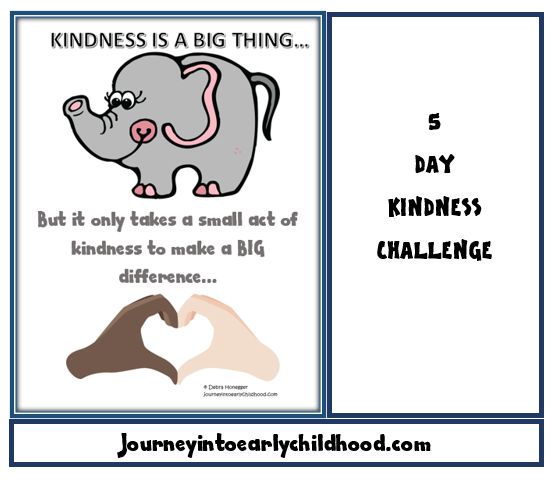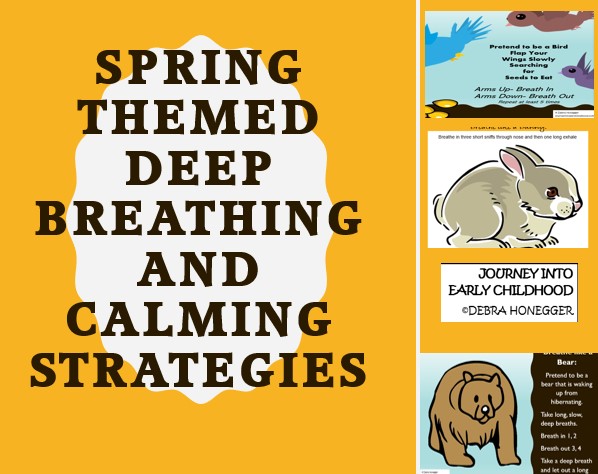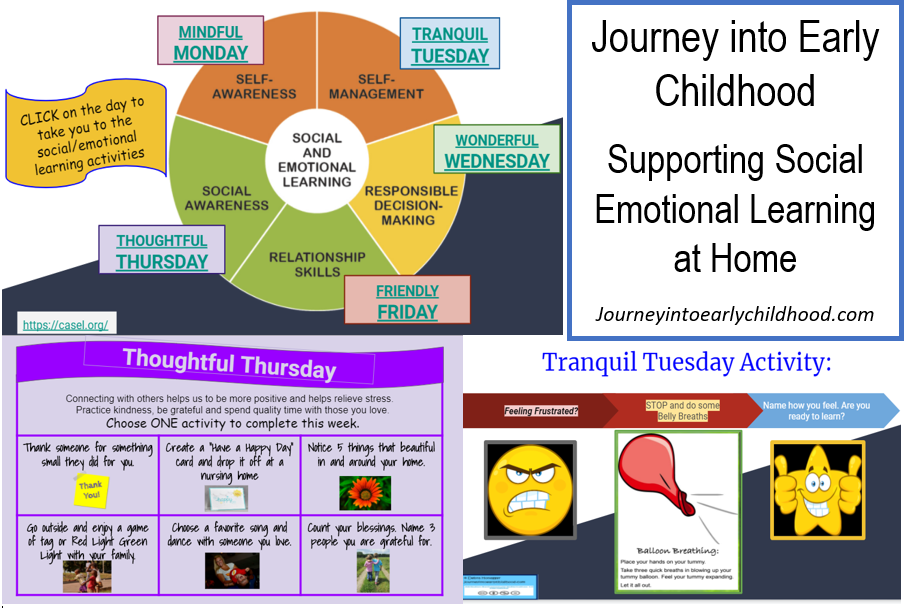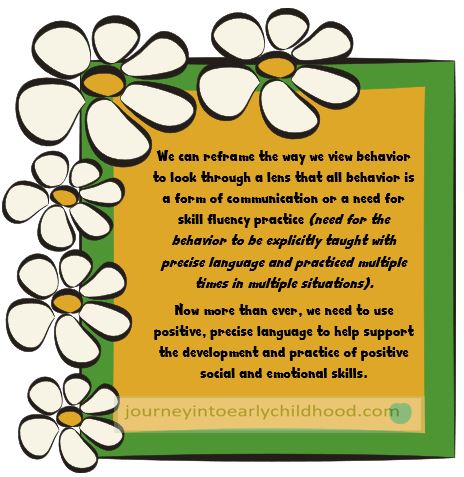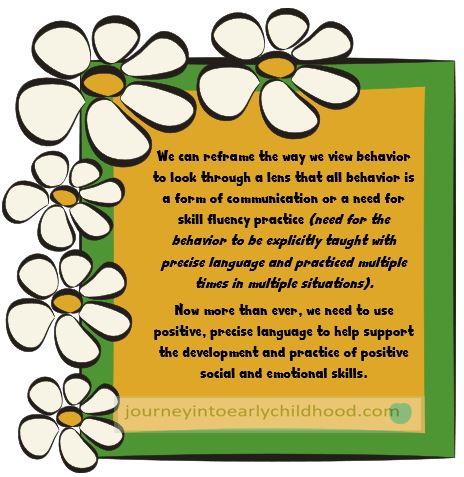February is a great month to focus on kindness
as well as February 17th is National Kindness Day
Children are not always naturally kind. They need to be taught lots of different ways to show kindness as well as the importance of showing kindness. Children also need lots and lots of modeling of kindness from the adults in their lives.
Kindness Challenges…
ONE: Challenge yourself and your colleagues to show 20 acts of kindness throughout the month and share those with the students.
TWO: Challenge the students to find five things you do each day that show kindness. They need to tell what you did AND HOW it showed kindness.
THREE: Challenge for the students to think of the different ways to show and think about kindness- kindness to others, to our environment and to themselves!
Here is a free download of a FIVE DAY KINDNESS CHALLENGE- appropriate for grades K-3rd
